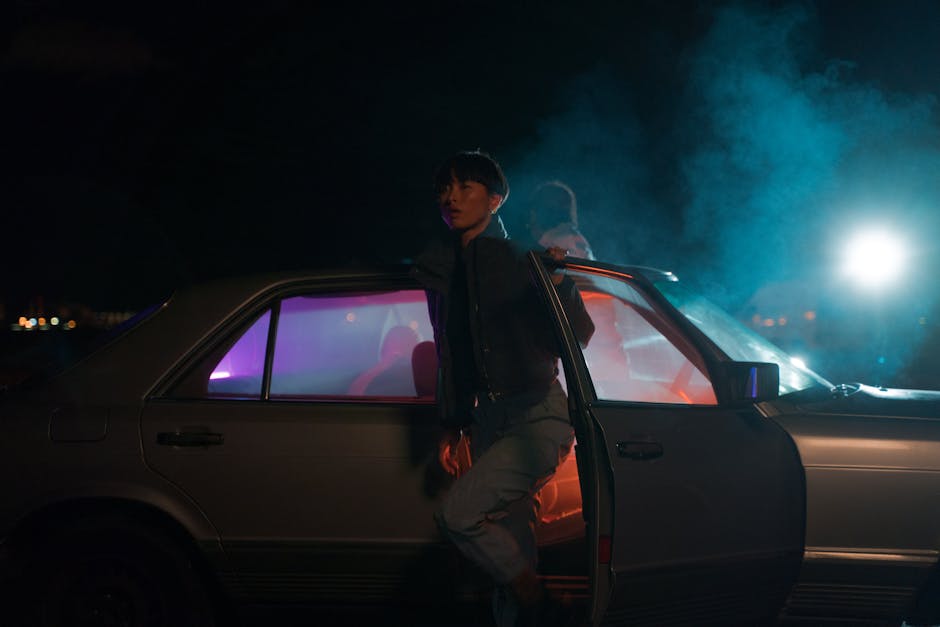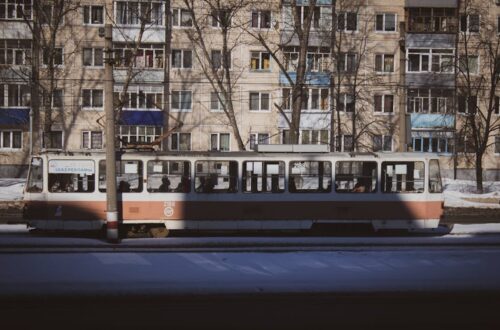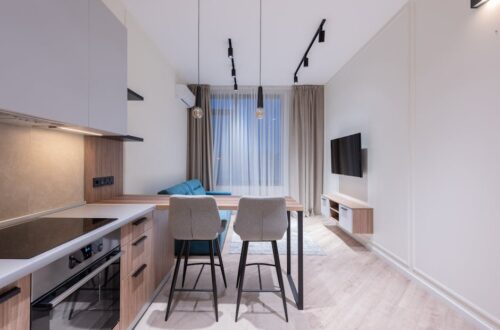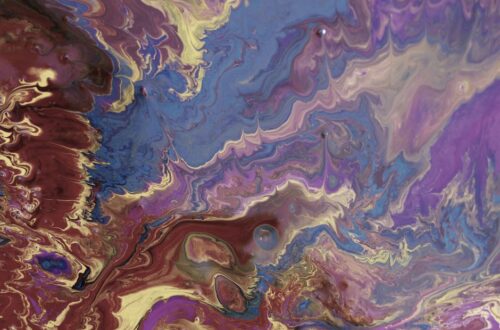Scene flow has always been the invisible hand guiding our emotional journey through TV and film, shaping how stories unfold from one moment to the next. In this in-depth exploration, we’ll trace the fascinating evolution of scene flow from the Golden Age of Hollywood to the cutting-edge digital techniques of today. By understanding scene flow then vs now, we uncover how cinematic storytelling continues to adapt, surprise, and captivate audiences across generations.
The Golden Age: Classic Hollywood Scene Flow Techniques
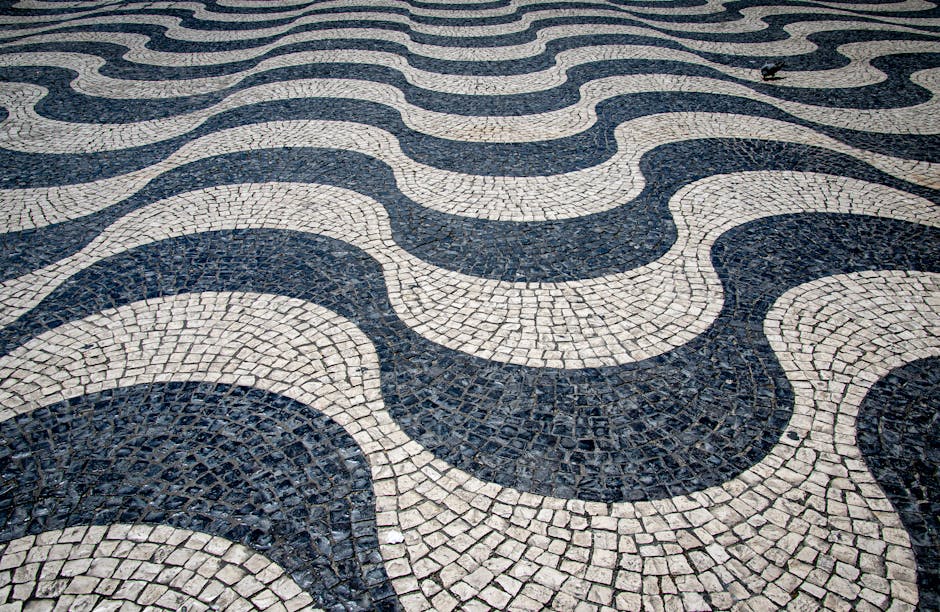
Photo by Magda Ehlers on Pexels
During the Golden Age of Hollywood, roughly the 1920s through the 1950s, scene flow was defined by a strict adherence to clarity, continuity, and audience immersion. Directors like Alfred Hitchcock and John Ford honed a style that prioritized seamless transitions, ensuring viewers always knew where they were in the story. The scene flow of this era was built on a foundation of practical rules and visual cues:
- 180-Degree Rule: This rule kept the camera on one side of an imaginary line, preserving spatial relationships and preventing audience confusion.
- Establishing Shots: Wide shots set the scene before cutting to closer action, helping viewers orient themselves in the story world.
- Match Cuts and Continuity Editing: Editors used invisible cuts, dissolves, and wipes to move between scenes without drawing attention to the technique itself.
- Deliberate Pacing: Scenes flowed methodically, with transitions signaling changes in time or location through simple visual effects.
Films like Casablanca exemplified these techniques, using clear establishing shots and gentle dissolves to guide viewers through complex narratives. The studio system further reinforced these norms, standardizing scene flow to maximize immersion and minimize distraction. Without the luxury of digital editing, filmmakers meticulously planned every transition, relying on craftsmanship and creative problem-solving to maintain the story’s rhythm.
Modern Digital Scene Flow: Breaking the Rules for Impact
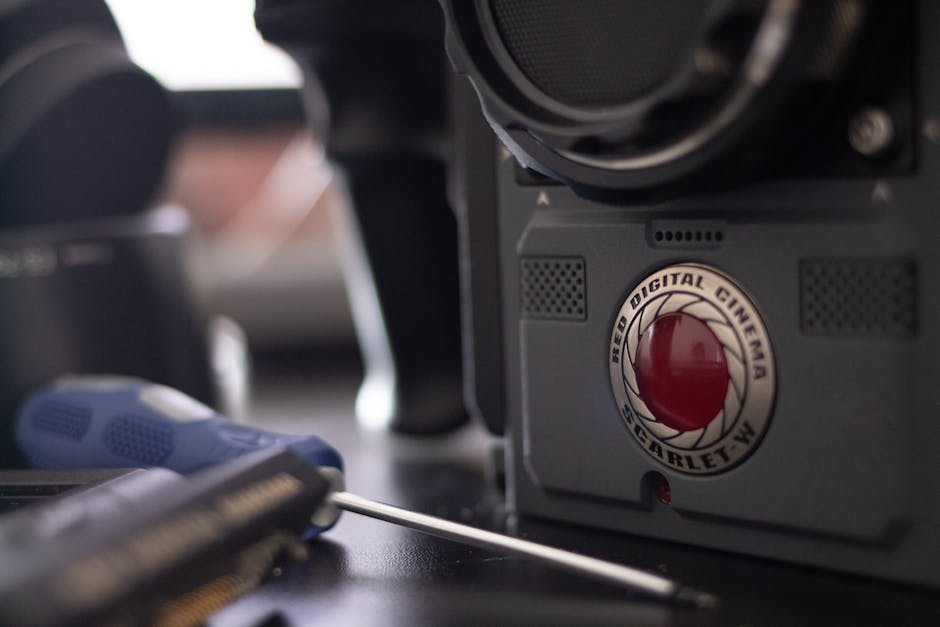
Photo by Athena Sandrini on Pexels
With the advent of digital technology, scene flow has undergone a radical transformation. Today’s filmmakers are no longer bound by the constraints of physical film or traditional editing tools. Instead, they wield a vast array of digital techniques to manipulate time, space, and emotion with unprecedented freedom. The scene flow of the digital era is characterized by:
- Nonlinear Storytelling: Modern narratives often jump between timelines, locations, and perspectives, using digital transitions to maintain coherence.
- Advanced Visual Effects: Digital dissolves, morphs, and seamless CGI allow for transitions that were once impossible, blurring the line between reality and imagination.
- Dynamic Camera Movements: Drones, steadicams, and virtual cameras enable fluid motion through space, connecting scenes in visually inventive ways.
- Experimental Editing: Quick cuts, jump cuts, and montage sequences create energy and disrupt expectations, keeping viewers engaged and on edge.
Films and series like Inception or Stranger Things use these tools to craft intricate narrative webs, challenging audiences to piece together stories from fragmented scenes. The digital revolution has empowered storytellers to break classic rules for artistic effect, using scene flow as a tool for both coherence and surprise.
Transitions and Emotional Rhythm: The Heartbeat of Storytelling
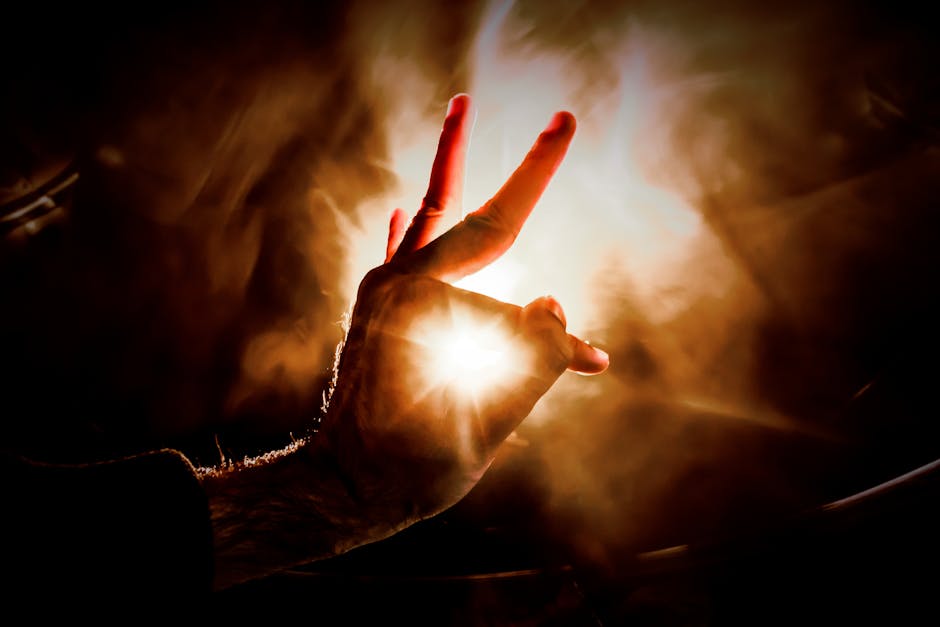
Photo by Reze Waiver on Pexels
At its core, scene flow is about guiding the viewer’s emotions. Whether through classic or modern techniques, transitions serve as the heartbeat of a story, controlling its pace and emotional impact. In classic films, slow dissolves and gentle fades signaled reflection or the passage of time, allowing audiences to process events. In contrast, today’s rapid-fire cuts and visual shocks can heighten tension, evoke surprise, or disorient viewers for dramatic effect.
Screenwriters and editors now have a vast toolkit for shaping emotional rhythm:
- Temporal Shifts: Flashbacks and flash-forwards are seamlessly integrated, often using visual cues or sound design to anchor the viewer.
- Spatial Transitions: Digital effects allow for transitions between vastly different locations, sometimes within a single, unbroken shot.
- Pacing Variations: The speed of cuts and transitions can be manipulated to match the story’s emotional beats, from slow-building suspense to frenetic action.
Mastering these techniques enables filmmakers to evoke specific emotions, guiding audiences through joy, fear, nostalgia, or suspense. The art of scene flow lies in knowing when to draw attention to a transition—and when to let it disappear into the fabric of the narrative.
Technology’s Impact: From Practical Effects to 3D Scene Flow
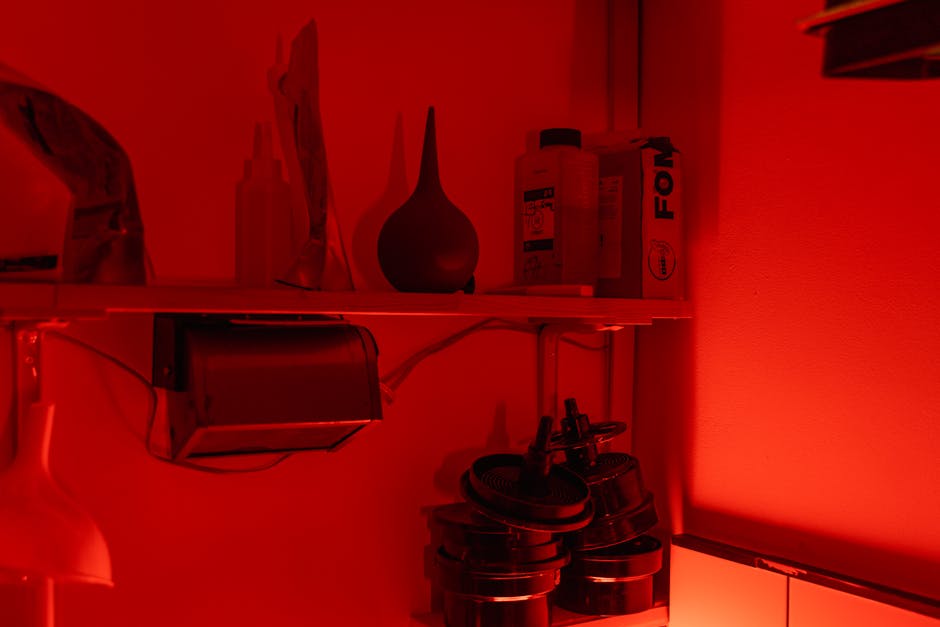
Photo by Tima Miroshnichenko on Pexels
Technological advances have fundamentally reshaped scene flow in both filmmaking and television. In the past, practical effects and in-camera tricks were the only options for creating seamless transitions. Today, filmmakers employ:
- Digital Compositing: Layering images and effects to create transitions that defy the limits of physical reality.
- 3D Scene Flow Algorithms: Borrowed from robotics and computer vision, these tools allow for the realistic simulation of object and camera movement in three-dimensional space.
- Virtual Production: Real-time rendering and green screen technology enable directors to visualize and adjust scene flow on set, blending live action with digital environments.
These innovations have not only expanded creative possibilities but also democratized filmmaking, making sophisticated scene transitions accessible to independent creators. The result is a new era of visual storytelling, where the boundaries between scenes—and even between reality and imagination—are more fluid than ever before.
Scene Flow in Television: Binge Culture and Narrative Flow

Photo by Matilda Wormwood on Pexels
The rise of streaming platforms has introduced new challenges and opportunities for scene flow in television. Unlike traditional episodic TV, where each episode was designed to stand alone, modern series are crafted for binge-watching, with scenes flowing seamlessly across hours of content. This shift has led to:
- Long-Form Storytelling: Episodes are structured more like chapters in a novel, with transitions designed to maintain momentum and keep viewers hooked.
- Cliffhangers and Teasers: Scene transitions often end with unresolved tension, encouraging audiences to keep watching.
- Visual Consistency: Color grading, sound design, and recurring visual motifs create a sense of unity across episodes, smoothing transitions and reinforcing the story’s mood.
This approach demands a new level of precision in crafting scene flow, as creators must balance the need for narrative coherence with the desire to surprise and engage viewers over extended periods. The result is a more immersive and emotionally resonant viewing experience, driven by the artful manipulation of scene transitions.
Nostalgia and Innovation: The Dialogue Between Past and Present
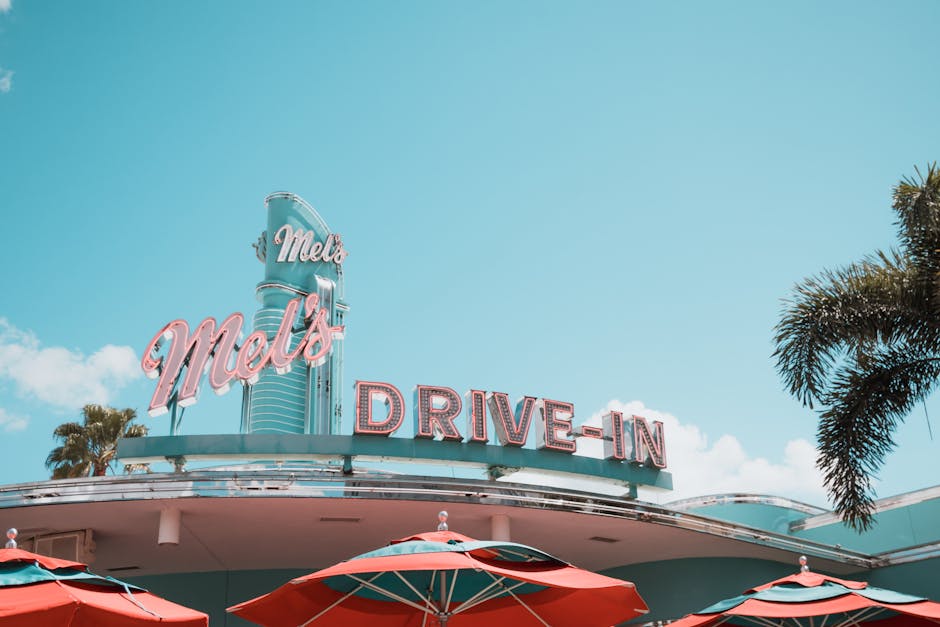
Photo by Caroline Cagnin on Pexels
As digital techniques redefine what’s possible, many creators are rediscovering the power of classic scene flow methods. Films and shows often pay homage to the past by incorporating retro transitions, practical effects, or traditional editing styles. This blending of old and new creates a dialogue between eras, inviting audiences to appreciate both the craftsmanship of classic cinema and the innovation of modern storytelling.
Nostalgia-driven projects like La La Land or Stranger Things use vintage scene flow techniques to evoke a sense of familiarity and warmth, while still leveraging digital tools for visual spectacle. By understanding the strengths of both approaches, filmmakers can craft stories that resonate across generations, using scene flow as a bridge between memory and imagination.
The Future of Scene Flow: Where Storytelling Goes Next

The evolution of scene flow is far from over. As artificial intelligence, virtual reality, and interactive media continue to develop, new forms of storytelling are emerging. In the future, scene flow may become even more personalized, adapting in real time to audience choices and emotions. Technologies like 3D scene flow estimation and real-time rendering are already pushing the boundaries of what’s possible, hinting at a future where the line between viewer and storyteller blurs.
Yet, no matter how technology evolves, the heart of scene flow will remain the same: guiding audiences through stories with clarity, emotion, and artistry. By studying the journey from then to now, we gain a deeper appreciation for the craft of cinematic storytelling—and a glimpse of the creative possibilities that lie ahead.
Sources
- https://scenlo.com/the-evolution-of-scene-flow-in-cinema-from-classic-techniques-to-modern-digital-storytelling/
- https://scenlo.com/the-evolution-of-scene-flow-from-basic-motion-tracking-to-modern-filmmaking-techniques/
- https://library.fiveable.me/screenwriting-i/unit-7/transitions-scene-flow/study-guide/X7pHV2t2fPOgzzcU
- https://www.ri.cmu.edu/project/scene-flow/
